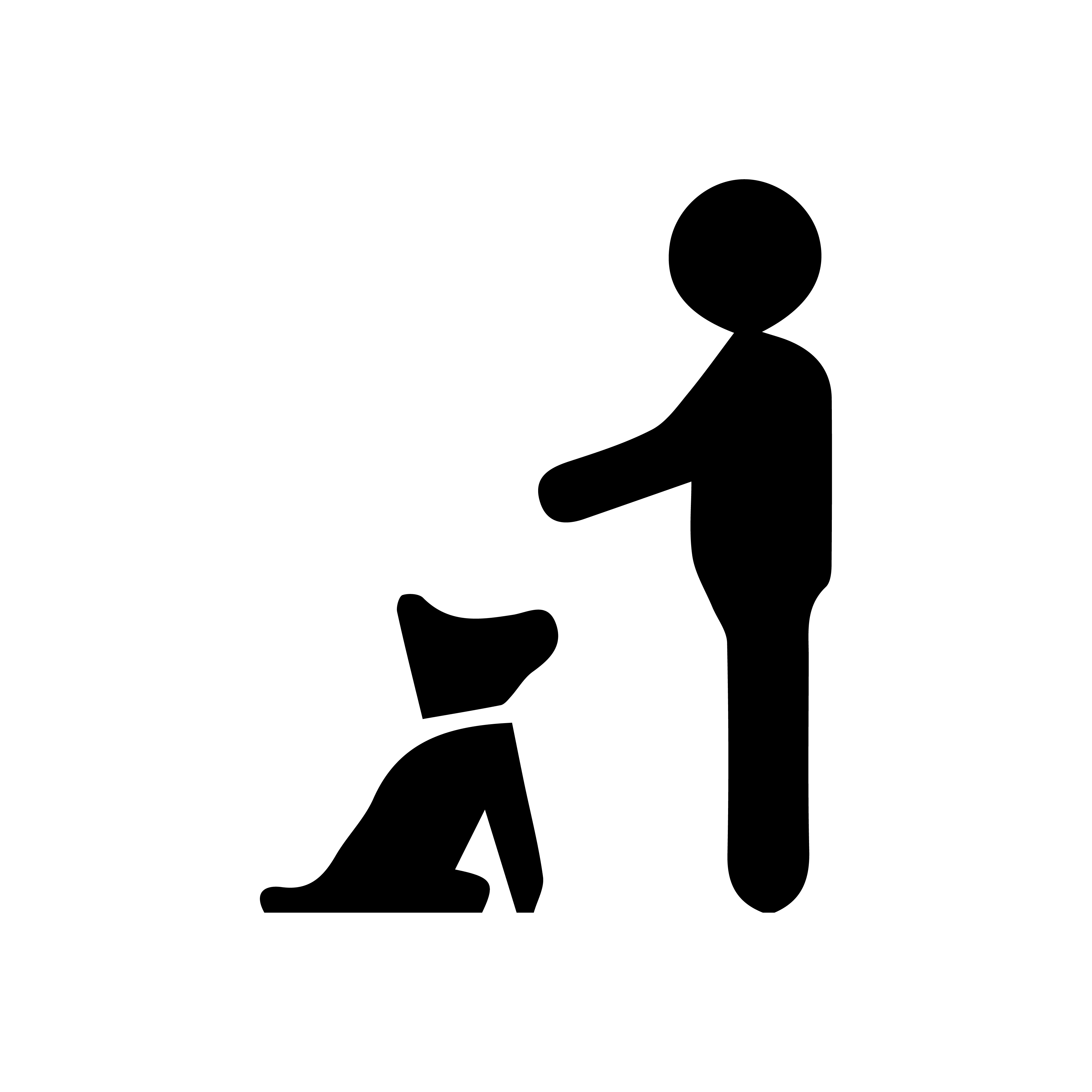Energy Levels
A dog’s energy level is a crucial component of its overall Dogenality. Coupling their behavior with a form of temperament gives you a better idea of who your dog is, what it is that drives them, & how you should go about forming a relationship with them that will be mutually beneficial.
Low Energy •
Dogs with low energy are often referred to as the sofa spuds of the pack. Low energy dogs spend most of their time lying around and napping. They are ideal for older people who don’t get out as much, as well as people who would enjoy reading a book rather then taking a hike. They may lack a sense of drive in regards to toys and other forms of play.
• Couch Potato
• Naps Often
• Good Match for Older People
• Ideal for Less Active Families

Medium Energy •
Medium energy dogs are considered “middle of the road”. With their calm and moderate demeanor, these dogs are often great for families that enjoy a park day on Saturday and sleeping in on Sunday. They can get excited when playing, but are usually easy to get settled down. They have varying periods of activity and excitement.
• Can Get Excited During Play
• Settles Down Quickly
• Ideal for Moderately Active People
• Periods of Activity

High Energy •
Dogs with high energy love physical exercise and being active. Most of them are quite athletic and enjoy walks and outdoor activity. Because they are the active type, they benefit from lots of exercise to help them relax and calm down. These types of dogs are ideal for those who like to hike, go for a jog, and ride bikes in their free time.
• Very Active
• High Play Drive
• Usually Quite Athletic
• Doesn’t Settle Down Without Proper Exercise
• Great Match for Joggers & Bikers

Very High Energy •
A dog with very high energy is easy to recognize. They’re always on the go, whether their out and about or around the house. Sometimes they exhibit signs of confinement neuroses and other forms of OCD behaviors. This includes lots of pacing and panting more than normal. When excited, these dogs can be difficult to turn off. They are also very driven by toys, playing, and sometimes food.
• Can’t Settle Down Very Easily
• Very High Prey/Play Drive
• Lots of Pacing
• Exhibits Confinement Neuroses
• Hyperactive

